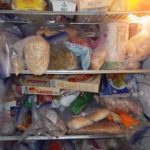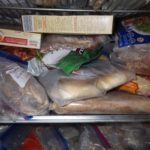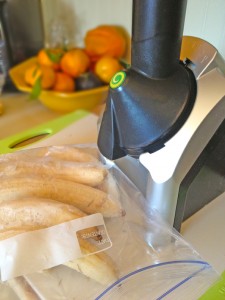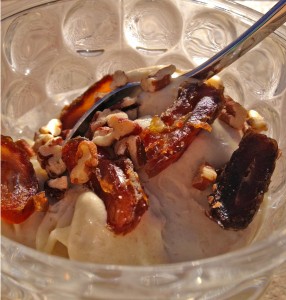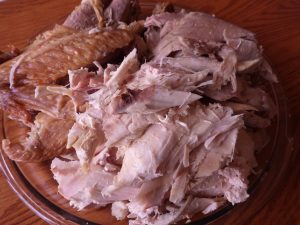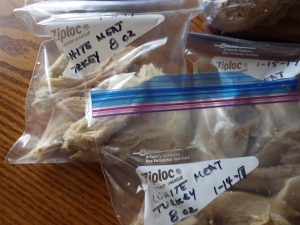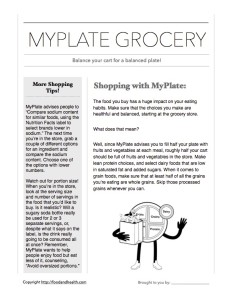Family meals have a lasting impact on mental, physical, and emotional health. Whether you work with children, teens, or adults, let them know that eating together as a family, however they define family, is important and do-able.
One way you can help families is to take the stress out of cooking at home. Teach them how to plan, shop for, and prepare healthy meals with our 25 Ingredients into 15 Fast Healthy Meals DVD/PowerPoint with handouts and leader guide.
- Teach a class or series of classes for tweens, teens, or adults.
- Offer a lunch-and-learn session for your employees.
- Play the DVD in waiting areas and make handouts available.
Here are some tips to go along with teaching and promoting family meals:
- Budget: Eating at home stretches your food dollars. The foods in 25 Ingredients into 15 Fast Healthy Meals are budget-friendly. Find more cost-cutting recipes at the Family Dinner Project.
- Physical Health: Home-cooked family meals are linked to heart health and decreased obesity. Families get less sugar, fat, and sodium and more fruits, vegetables, and fiber.
- Mental Health: Family meals are associated with lower rates of depression, anxiety, eating disorders, substance abuse, and tobacco use. They give children more resilience and higher self-esteem.
- Spread the word with these infographics from the Family Meals Movement and the National Alliance on Mental Illness (NAMI).
- Time: Family meals mean less time in drive-thrus and more time talking, cooking together, and having fun.
- Fun: Speaking of fun, get your kids talking with mealtime conversation starters from the American Heart Association and these resilience-building back to school questions.
Two more things to think about:
- It’s important to acknowledge that family mealtime isn’t easy for some people – there are lots of barriers, and low-income families are often the most vulnerable.
- Also, “family” means different things to different people. No matter how it’s defined, a family can benefit from dining together regularly.
Hollis Bass, MEd, RD, LD






